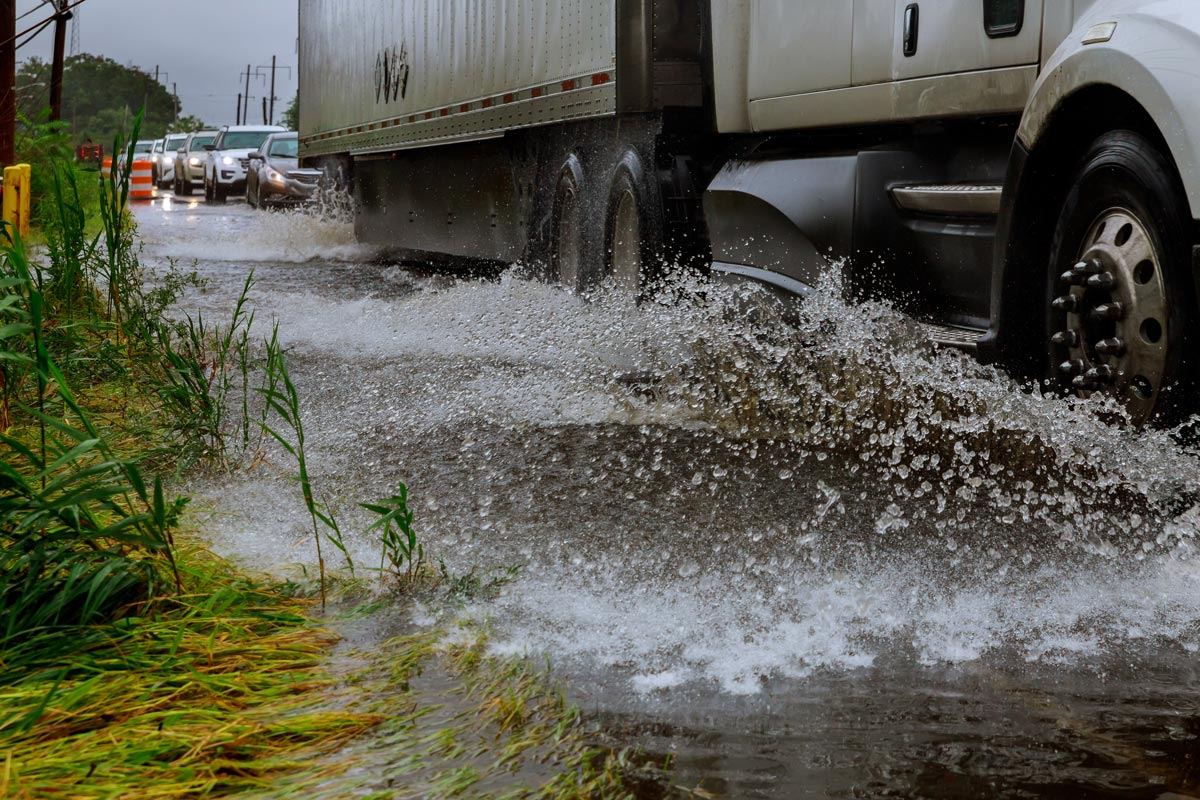In our Australians return to victory gardens article, we spoke of the very real importance of growing ones on foods at this particular point in history. Whether you are motivated by fear of food shortages during the travel pandemic, or by you the desire for healthier living with your own edible garden – You’re not alone.
In the U.S., it has been estimated there are already 16 million new gardeners this year. A recent national survey found 65 percent of people listed “COVID-19” as the top reason they started to grow vegetables and herbs. The survey also found that nearly two in five Americans under 35 now have a garden in which to grow food. You read that right friends, 2 in 5, under 35.
So with that being said, here at ACIT Foods, we felt it timely to share these 10 tips to help novice gardeners reap a successful harvest.
Top 10 Tips
1. Find a convenient location:
Garden where it’s really easy to keep an eye on things. By doing this you can readily spot thirsty plants, signs of disease damage, and removal of invasive pests / insects. Whenever possible, locate your garden close to a water source so you don’t have to drag a hose or lug watering cans around.
2. The right amount of sun or shade:
Most vegetables are sun loving, so whether you’re growing vegetables and herbs in containers, raised beds or in-ground, choose a sunny spot that gets at least six to eights hours of sunlight per day. However, some vegetables like leafy greens — lettuce, kale, Swiss chard and spinach– will grow in partial shade if full sun isn’t an option for you.
3. In limited space, containers will do the trick:
Containers sitting on a small patio or balcony are an excellent way to grow vegetables. Containers should be 12 to 18 inches in diameter or larger. Deeper containers are better than shallow containers. If you have a little bit of backyard space, raised beds are a great option. They’re ideal when you don’t want something permanent or the native soil is hard.
4. Start small, with your favourite items:
Pick a few of your favourite vegetables and herbs to grow. Then as you build your confidence, add a few more each year.
5. Planning by the calendar:
Find the estimated date of the last spring and first fall frost for your area. This will determine your planting window. Planting too early could mean losing tomatoes to a spring freeze. Planting too late may not leave enough time to harvest any tomatoes before the first fall frost kills the plant.
6. Reading your plant tags:
Follow the recommended spacing since small plants grow bigger. Too many plants in a small area will compete for water and nutrients, and they tend to be more susceptible to diseases because there is no room for air circulation.
7. Know when plants need physical support:
Tall plants, like tomatoes, or plants that become top heavy when full of ripening fruit, like bell peppers, should be supported with a cage or stake. It’s best to add the support when the plant is still small.
8. Becoming a “water wizard”:
Gauging water needs: Stick your finger in the soil. If the top inch is dry, water deeply and thoroughly. Aim the water at the base of the plant to avoid getting the leaves wet.
9. Feed your plants:
As plants grow, they use up the nutrients available in the soil. Replace those nutrients throughout the growing season so plants will produce a bountiful harvest.
10. Knowing when “It’s harvest time”:
Do you know when vegetables are getting close to being ripe? Ready to pick? Research online (or books) for the signs your plant is ready for harvest. One week could be the difference between the perfect zucchini or a less tasty one the size of a baseball bat.



